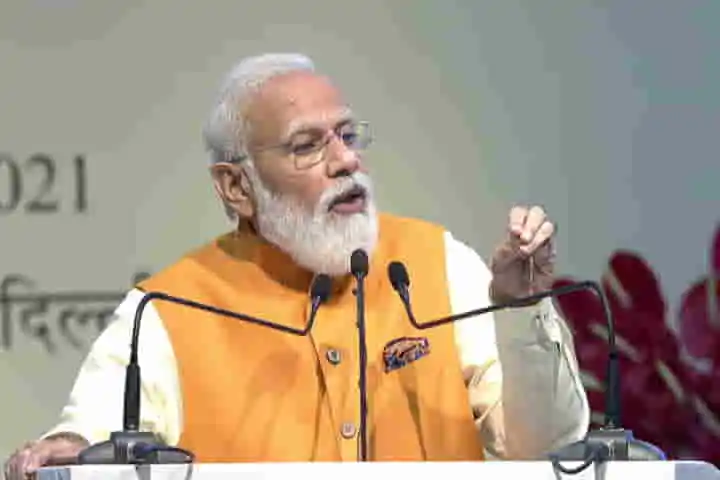In a big push to build Next Gen infrastructure in India, Prime Minister Narendra Modi on Wednesday launched the ‘PM GatiShakti – National Master Plan’ for multi-modal connectivity across various economic zones in the country.
“This Masterplan will give impetus (Gati Shakti) to 21st century India,” the Prime Minister said.
“We have not only developed a work culture of completing projects within the stipulated time frame but efforts are now being made to complete projects ahead of time”, he added.
The Prime Minister stressed that the people of India, Indian industry, Indian business, Indian manufacturers, Indian farmers are at the centre of this great campaign of Gati Shakti. It will give new energy to the present and future generations of India to build the India of the 21st century and will remove the obstacles in their path.
The ambitious plan will bring together under one centralised portal all the infrastructural initiatives planned and initiated by as many as 16 central ministries and departments.
The PM ‘Gati Shankti’ launch event took place at New Delhi's Pragati Maidan where the Prime Minister also inaugurated the New Exhibition Complex (Halls 2 to 5) and reviewed the model of the new complex.
The new master plan forms an important part of Prime Minister Modi's ‘Aatmanirbhar Bharat’ vision and is aimed at speeding up projects under the $1.5-trillion National Infrastructure Pipeline which will help the country in doubling its GDP to $5 trillion.
PM Modi said GatiShakti will address the problems in the infrastructure sector through institutionalizing holistic planning for stakeholders for major infrastructure projects. Instead of planning and designing separately in silos, the projects will be designed and executed with a common vision.
The master plan will incorporate the infrastructure schemes of various Ministries and State Governments like Bharatmala, Sagarmala, inland waterways, dry ports, UDAN etc and economic zones like textile clusters, pharmaceutical clusters, defence corridors, electronic parks, industrial corridors, fishing clusters, agri zones will be covered to improve connectivity and make Indian businesses more competitive, according to a PMO statement.
It will also leverage technology extensively including spatial planning tools with ISRO imagery developed by BiSAG-N (Bhaskaracharya National Institute for Space Applications and Geoinformatics).
Infrastructure creation in India had suffered for decades from multiple issues. There was lack of coordination between different Departments, for example, once a road was constructed, other agencies dug up the constructed road again for activities like laying of underground cables, gas pipelines etc. This not only caused great inconvenience but was also a wasteful expenditure, the PMO statement explained.
To address this, efforts were put in place to increase coordination so that all cables, pipelines etc. could be laid simultaneously. Steps have also been taken to address other issues like time-taking approval process, multiplicity of regulatory clearances etc. In the last seven years, the Government has ensured unprecedented focus on infrastructure through a holistic outlook, the statement added.
Also read: Cabinet okays Rs 4,445 crore PM MITRA scheme for big push to textiles industry




















